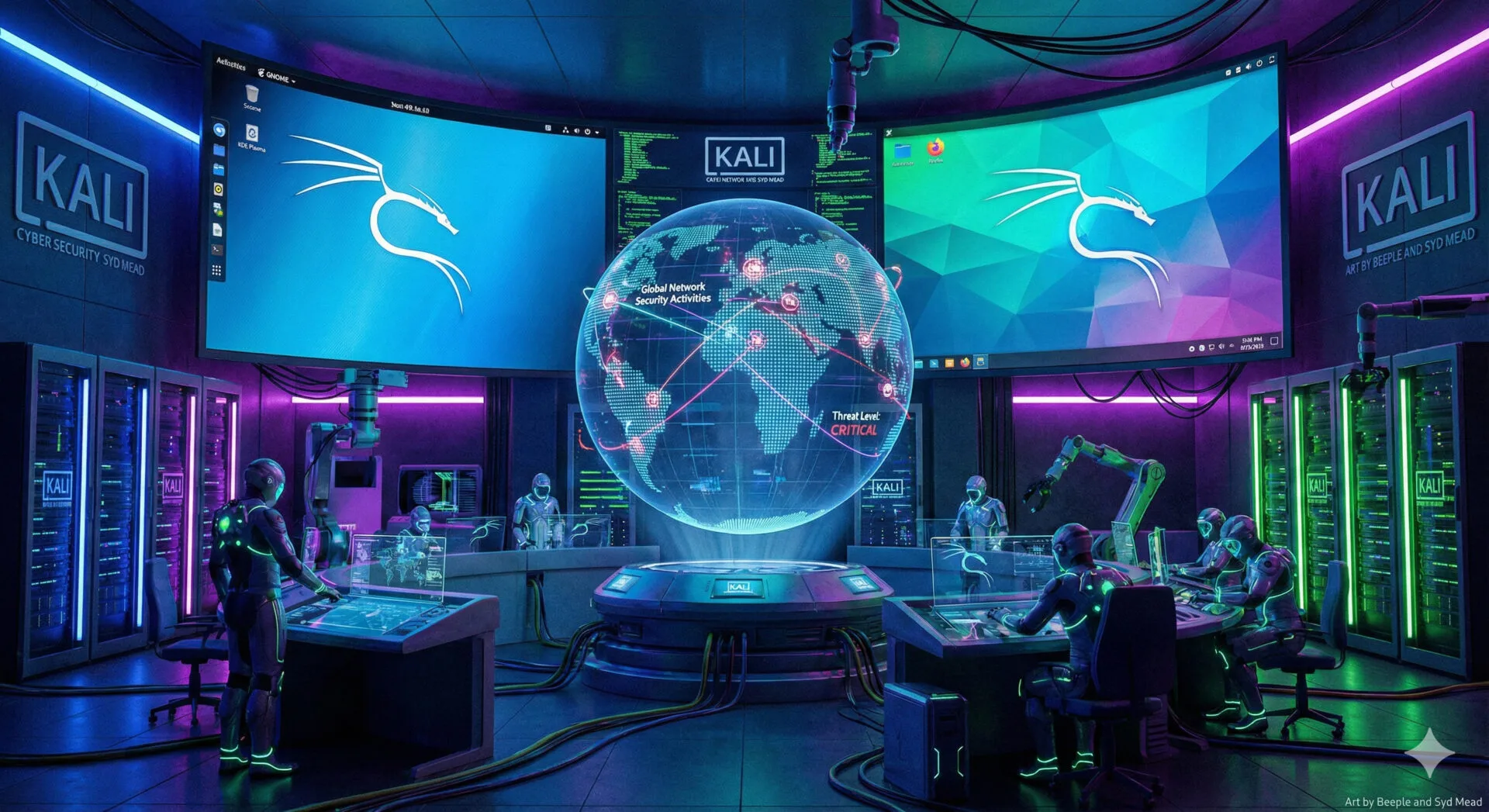In today’s fast-paced and ever-evolving business landscape, staying competitive is essential for any organization’s success. Many enterprises rely on legacy applications, systems, and software developed using outdated technologies. While these legacy applications may have served their purpose well in the past, they can now become a hindrance to a company’s growth and competitiveness. Alternatively, the modernization of legacy applications can unlock many benefits, enabling businesses to enhance efficiency, agility, and customer experience, ultimately driving competitive success. This article explores the significance of Legacy Application Modernization and how it empowers organizations to remain at the forefront of their respective industries.
The Challenge of Legacy Applications:
Legacy applications are prevalent across multiple industries, especially in sectors where organizations have been established for decades. These applications were built on older technologies that may no longer be compatible with the current technology landscape. As a result, they often lack the flexibility and scalability required to meet the demands of the modern business world. Maintaining and supporting such applications becomes increasingly expensive and time-consuming, diverting valuable resources that could be better invested in innovation and growth.
Furthermore, sticking with legacy applications can be a barrier to implementing new features and functionalities, preventing organizations from adapting to changing market trends and customer preferences. They may also be vulnerable to security threats, as outdated systems are more susceptible to cyber-attacks, jeopardizing sensitive data and customer trust.
Why Modernization Matters?
- The Power of Modernization:
Modernizing legacy applications involves updating their underlying architecture, user-interface, and integrating them with cutting-edge technologies, such as cloud computing, artificial intelligence (AI), and microservices. By embracing modernization, businesses can transform their outdated systems into agile, efficient, and secure platforms that drive competitive advantage.
- Enhanced Performance and Scalability:
Modernizing legacy applications often involves migrating them to the cloud. Cloud-based environments offer enhanced performance and scalability, enabling organizations to handle growing users and data without compromising on response times. Scalable applications can handle sudden surges in demand, providing a seamless user experience even during peak periods.
- Improved User Experience:
User experience is a critical factor for the success of any application. Legacy applications may have outdated user interfaces that do not meet the expectations of today’s tech-savvy consumers. Modernization allows organizations to create intuitive and user-friendly interfaces, boosting customer satisfaction and loyalty.
- Streamlined Operations and Cost Savings:
Modernized applications are easier to maintain and troubleshoot, reducing the burden on IT teams. By streamlining operations, businesses can save time and resources, redirecting them towards more strategic initiatives. Additionally, modernization can save costs by optimizing infrastructure utilization and reducing software licensing costs.
- Increased Agility and Innovation:
Legacy applications can impede an organization’s ability to adapt quickly to market changes and technological advancements. On the other hand, modern applications are more agile and flexible, allowing businesses to innovate rapidly and respond to emerging opportunities. They can quickly integrate new features and services to meet evolving customer demands and stay ahead of the competition.
- Data-Driven Decision Making:
Modernized applications often incorporate advanced analytics capabilities, leveraging the power of AI and machine learning algorithms. This enables businesses to gather and analyze vast amounts of data, gaining valuable insights into customer behavior, market trends, and business performance. Data-driven decision-making empowers organizations to make informed choices that lead to better outcomes.
- Security and Compliance:
Legacy applications may lack the necessary security features that are required to protect against modern cyber threats. By modernizing applications, businesses can implement the latest security measures and encryption protocols, safeguarding sensitive data and ensuring compliance with industry regulations.
- Integration and Interoperability:
Modernizing legacy applications can also involve breaking them down into modular components, known as microservices. This architectural approach allows different parts of the application to work independently while communicating with each other seamlessly. The result is improved interoperability, enabling businesses to easily integrate their applications with other systems and third-party services.
Conclusion:
Legacy application modernization is not merely an IT initiative but a strategic imperative for businesses looking to maintain a competitive edge. The advantages of modernization are far-reaching, touching on various aspects of an organization’s operations, efficiency, and customer experience. By embracing modern technologies and revamping their legacy systems, businesses can drive competitive success in a rapidly evolving digital landscape. As technology continues to advance, the ability to adapt, innovate, and deliver exceptional user experiences will determine which enterprises will thrive in the future.







Leave a Reply